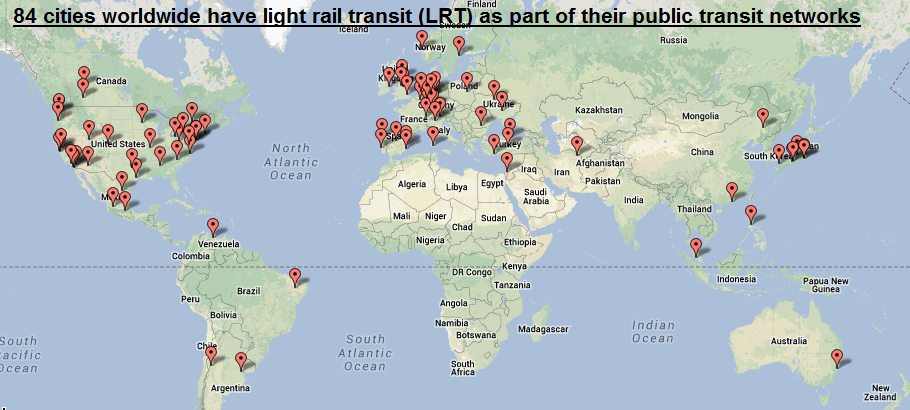CodeRedTO takes your questions and finds answers! Today’s question, from Richard on Facebook: The population of Toronto will double in the coming decades. Therefore, those currently less dense areas of Toronto will become more dense over time. Therefore,wouldn’t subways be preferable for the smarter long-term investment??
Hi Richard –
You’re right that population is growing fast, but city planners are seeing it grow at different rates in different areas, and they account for that in population and density projections. For example, the Sheppard subway was built based on very high projections that turned out to be way too high, so they’ve learned from that experience to make better projections. Also, the downtown core is growing far faster now than other areas, which is different from in the 1980’s when they first decided on the Sheppard subway.
Globe & Mail: Toronto’s density plan is working
If we had unlimited funding, then building subways would allow us to handle whatever growth arrived, but unfortunately we don’t – voters keep demanding tax cuts! Subways are a huge cash drain: for example, the Scarborough subway extension (just 3 stops in a low-density part of the city) is going to cost far more than $3 billion to construct, and will lose money each day (as most low-density transit systems do).
Human Transit Blog: Transit and profitability
Transit is an investment in helping our city be more efficient and productive, but typically we want investments that make money, not lose money. Since we know that they lose money in operations cost, and that they cost huge amounts ($350 million per kilometre (often more) just to build), and that we won’t need that capacity in Etobicoke or Scarborough for several decades, building subways exclusively is not what CodeRedTO considers a smart investment. You need high density population and employment to make the system worth it now, and we only see that in certain parts of the GTHA.
Even the Sheppard subway, opened over 12 years ago, still loses money every day. The new Spadina subway extension to York University is also projected to cost over $14 million per year in extra subsidies for operations costs. That doesn’t make them bad, but we have to “invest” with our eyes open.
Human Transit: Density is not Destiny
Luckily we have other options. Over 80 cities worldwide use modern light rail lines like are planned for Toronto, with more being built all the time. And since light rail can be elevated, underground, and at the surface, depending on what you need, it’s more flexible than subways and far more affordable, even though it can handle pretty high capacity of ridership – not the same as an all-tunnel subway of course, but we don’t need that capacity in every single neighbourhood.
Remember that all major world-class cities use light rail in addition to subways – Hong Kong, Paris, London, NYC (in New Jersey, not in Manhattan), Tokyo – they all benefit from having options, and Toronto is one of the only places that hasn’t figured that out. We are being left behind after being ahead on transit in the 20th century.
CodeRedTO wants subways AND light rail AND buses AND streetcars, in the right places, and proper funding to make them run properly too.
